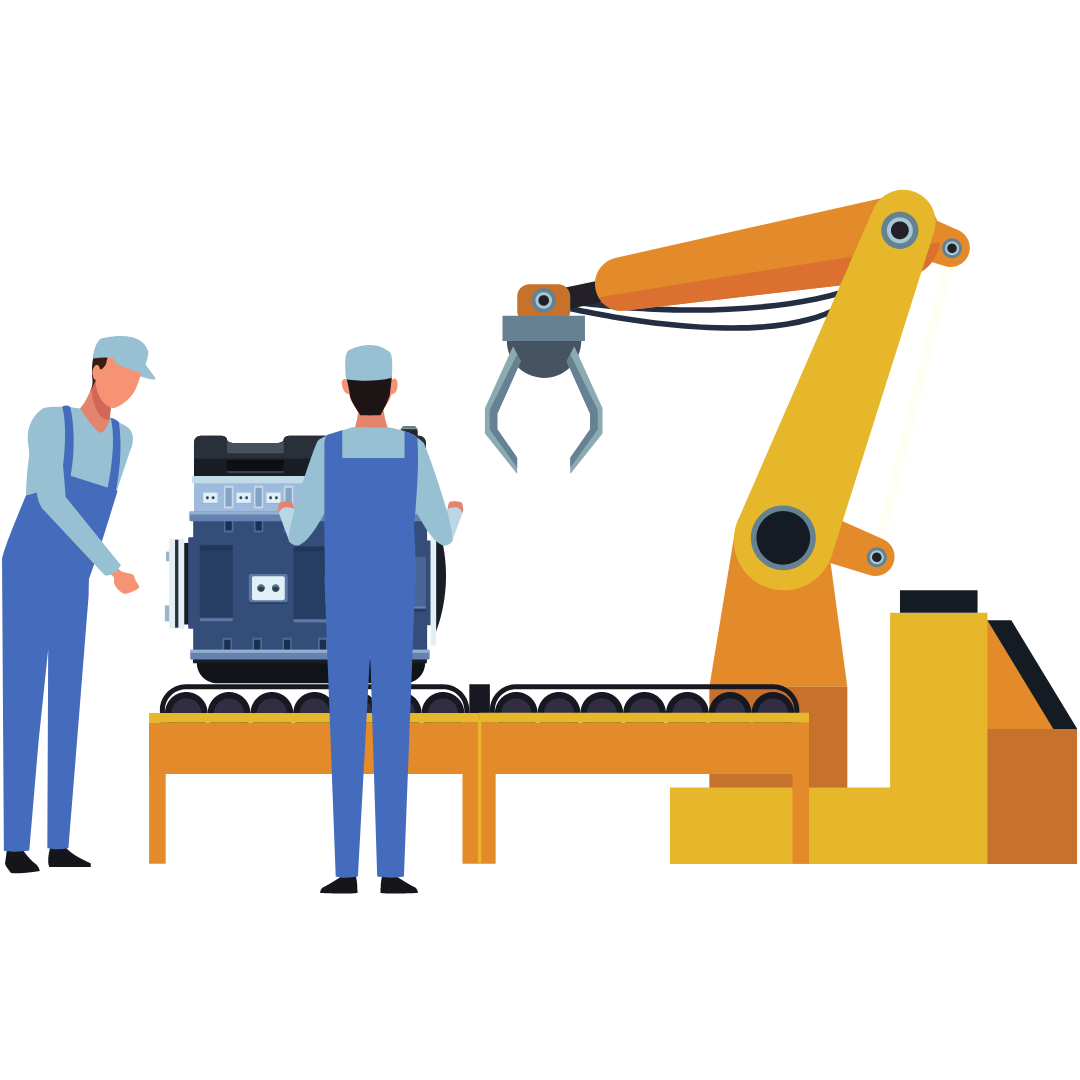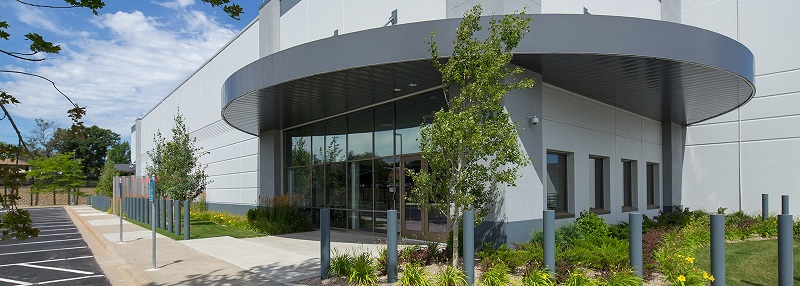Why companies should onshore in the wake of the pandemic

13 Oct 2020
Advanced Manufacturing, economic development
In recent months, business executives have watched their supply chains be disrupted and product deliveries delayed due to COVID-19. Onshoring is on the mind of many. For four decades, companies have offshored manufacturing operations overseas in order to save costs. Now may be the time to reshore those operations.
COVID-19 has forced many companies to ask, “At what cost?” For some, the cost has been an inability to supply customers and fulfill contracts. In this scenario, reshoring is worthwhile. With 60% of U.S. manufacturing companies surveyed by Thomas reporting COVID-19 business disruptions, this is a widespread issue impacting virtually all industries.
Moving manufacturing processes state-side, at least in part, is one logical solution to reducing the risk of future disruptions. Though it may not be possible for companies to move their entire operations back to the United States, opening U.S. manufacturing facilities as part of their global operations certainly is. The benefits to onshoring are extensive, including the potential for reduced costs and the ability to better support the local economy and reduce lead time for consumers.
While many companies are making this decision for themselves, recent executive orders are also putting pressure on U.S. agencies to purchase PPE, medical equipment and drugs from U.S. manufacturing companies. They request that this be done quickly. This executive order signed on Aug. 8 gives agencies 90 days to present a plan for how they will procure medical supplies and drugs from U.S. manufacturers. Companies that want to continue to supply U.S. agencies like Medicare must act fast. The U.S. production of medicines and medical equipment will lower drug prices and protect U.S. manufacturing against shortfalls in the event of a future pandemic or natural disaster.
Energy costs are currently low, and the U.S. Energy Information Administration expects renewable energy to continue to be the fastest-growing source of electricity generation. Great River Energy recently announced major power supply changes including the retirement of its largest coal plant, Coal Creek Station, in 2022 and the addition of more than 1,000 megawatts of wind energy by the end of 2023. Real estate is currently affordable, and Americans are hungry to bring good, well-paying manufacturing jobs back to the United States.
In addition to companies onshoring directly, 28% of suppliers surveyed reported that they are seeking domestic sources. This will create expansion opportunities for current U.S. manufacturers.
Why now is the time to onshore or reshore operations
Available commercial sites
The national and statewide housing market is booming in spite of the pandemic. Commercial properties, both turnkey and unimproved, are available for manufacturers. Mortgage rates are low and property prices are affordable. Now is the time to buy.
Location
More than half of Minnesota’s Fortune 500 companies are in the manufacturing business sector. Manufacturing is a primary industry that supports the local economy and receives community support in return. Due to the increase in manufacturing in the state, more workers are being trained and prepared for this industry.
Transportation assets
Minnesota is centrally located and has easy access to Canada. The state has 4,420 route miles of railroads serviced by over 20 railroad companies. The state also has four international airports and multiple regional airports. The Mississippi River runs through the state, offering numerous port towns.
Reasons to onshore now
COVID-19 has demonstrated the scope and scale of the impact a global pandemic can make, but it’s not the only disaster that can disrupt supply chains. Environmental factors are another one. The world has suffered an increase in severe hurricanes, earthquakes, fires, etc. - all things that are unpredictable and cannot be controlled.
Unfortunately, many of the same countries where U.S. companies have manufacturing operations have been hardest hit by these disasters and their infrastructure is not secure enough to withstand them. For example, the 2001 earthquake and tsunami in Japan and floods in Thailand had crippling effects on the electronics and automotive manufacturing sectors. Put simply - the global supply chain is fragile. Businesses who want to protect themselves must onshore at least part of their operations to protect their interests.
We can help
The process of finding a site, obtaining permits, constructing a facility, hiring and training a workforce may seem daunting. Minnesota has many organizations, including Great River Energy, that can help.
“While there was a slowdown in project activity early on in the pandemic, new project inquiries and project requests have increased in the recent weeks,” said Tom Lambrecht, Great River Energy’s manager of economic development services. “A majority of our current projects are manufacturing businesses seeking to expand and increase productivity.”
If onshoring is part of your business protection strategy, contact us to learn more.
More Topics


Minnesota Family Business Awards 2020
Oct 13 2020

